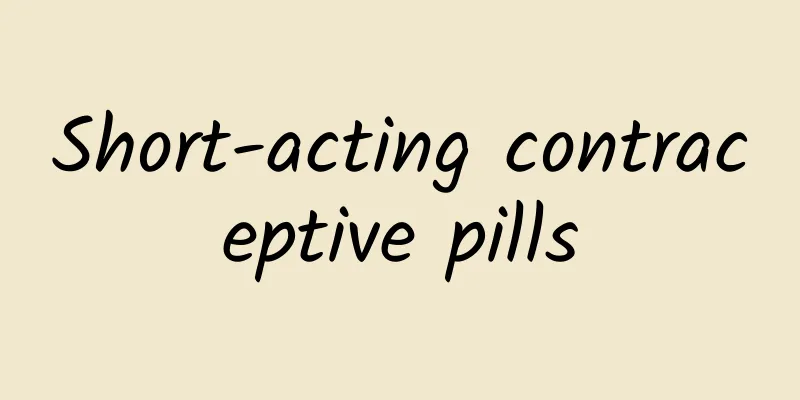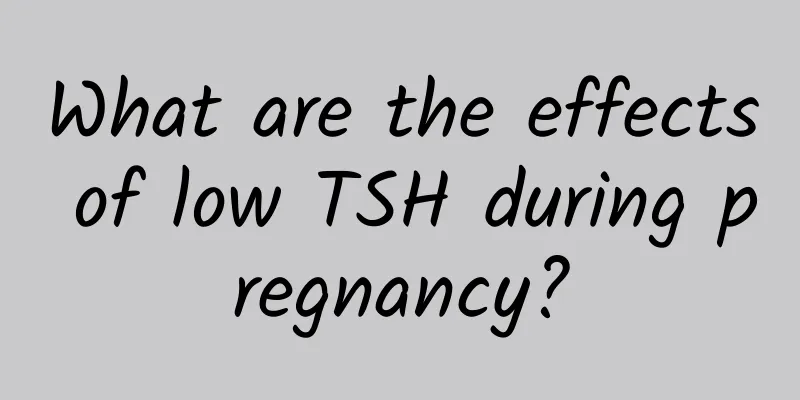Cerebral infarction recovery period

|
After cerebral infarction occurs, it is divided into treatment period and recovery period. For some types of cerebral infarction, the blockage site is not very critical, the blockage area is small, and the damage to the brain is relatively mild. If effective thrombolytic treatment is carried out within 3-6 hours after onset, the prognosis is good and the patient can basically recover to the state before the illness. Otherwise, a relatively long recovery period is required. During the recovery period, patients are required to actively cooperate, adhere to rehabilitation training, take medicine on time, eat a reasonable diet, and live a regular life. 1. Concept Cerebral infarction refers to ischemic necrosis or cerebral softening of localized brain tissue caused by cerebral blood supply obstruction, ischemia, and hypoxia. Common clinical types of cerebral infarction include cerebral thrombosis, lacunar infarction, and cerebral embolism. Cerebral infarction accounts for 80% of all strokes. 2. Causes 1. Non-embolic 1) Arteriosclerosis. A thrombus forms in the arterial wall on the basis of an atherosclerotic plaque. 2) Arteritis. Inflammatory changes in cerebral arteries can cause changes in the blood vessel walls, narrowing of the lumen and formation of blood clots. 3) Hypertension. It can cause hyaline degeneration of the arterial wall and rupture of the arterial intima, making it easy for platelets to adhere and aggregate to form thrombi. 2. Embolic 1) Cardiogenic. Due to inflammation, growths form on the lesion's inner membrane, which then fall off and enter the skull through the bloodstream, causing cerebral embolism. Conditions such as rheumatic heart disease, myocardial infarction, and heart surgery can easily cause embolus to detach. 2) Non-cardiac. Air embolism, fat embolism during long bone fractures, pulmonary vein embolism, and cerebral vein embolism are all causes of non-cardiogenic cerebral embolism. Some cases where the source of the embolus cannot be found are called cerebral infarction of unknown origin. Symptoms 1. Main symptoms 1) Subjective symptoms. Headache, dizziness, vertigo, nausea, vomiting, motor and/or sensory aphasia and even coma. 2) Cranial nerve symptoms. Both eyes stare toward the side of the lesion, central facial paralysis and tongue paralysis, pseudobulbar palsy, such as choking when drinking water and difficulty swallowing. 3) Physical symptoms. Limb hemiplegia or mild hemiplegia, hemisesthesia, unstable gait, limb weakness, incontinence, etc. 4. Diagnosis CT and MRI How long does it take to recover from cerebral infarction ? It depends on the person. Generally speaking, the first year after the onset of illness is a critical period for recovery. 6. Treatment 1. Appropriate activities can improve cerebral circulation, but those who are unconscious should stay in bed and receive intensive care. 2. Improve cerebral blood circulation, increase cerebral blood flow, and promote the establishment of collateral circulation in an attempt to reduce the area of infarction. 3. Regulate blood pressure, control high blood lipids and high blood sugar, with the aim of controlling risk factors for disease. However, if the blood pressure is too high, do not lower it too quickly; if the blood pressure is too low, raise it appropriately. Patients with cerebral infarction often have high blood sugar, which is not conducive to treatment and must be actively controlled. 4. For comatose patients, pay attention to keeping the airway open, suction sputum in time, turn over and pat the back, move the limbs, and prevent pneumonia and bedsores. VII. Prevention 1. Cerebral infarction is prone to recurrence, and each time it becomes more serious than the last. Actively treat hypertension, diabetes, and coronary heart disease. 2. Maintain an optimistic and open-minded attitude towards life, avoid emotional excitement and excessive fatigue. 3. Limit sodium intake, control weight, and avoid smoking and drinking. 8. Can you live longer after having a stroke? Because the mortality rate of cerebrovascular disease is relatively high, some people say that people with cerebrovascular disease will not live long, or at least will not live a long life. In fact, it is not uncommon for patients with cerebrovascular diseases to live for more than a few decades, and it is common to see people living to be 70 or 80 years old or older. |
<<: What happens if children have thrombocytopenia?
Recommend
What are the symptoms of uterine erosion?
Uterine erosion, also known as cervical erosion, ...
How to recover fastest from a sprained foot?
People will suffer some physical injuries in thei...
How big a wound needs stitches?
In daily life, once an unexpected injury occurs, ...
White particles on inner eyelid
There is a white particle growing on the inner ey...
Red and hot face
With the continuous improvement of modernization,...
How to treat high blood sugar
People with three highs, one of which is blood su...
How does ginger treat body odor?
Body odor is a very common disease. In simple ter...
What medicine is good for Norovirus
Norovirus often causes diarrhea in children, and ...
Can women breastfeed through intravenous infusion during breastfeeding?
Breastfeeding women should promptly deal with the...
What medicine can cure mumps quickly?
Mumps refers to inflammation of the parotid gland...
Can I take protein powder during menopause?
When women reach menopause, they often show a var...
How to make boys' small eyes bigger
The love of beauty is not only the privilege of g...
What are third degree internal hemorrhoids? How to identify the extent of internal hemorrhoids?
Internal hemorrhoids are one of the common anorec...
Does the human body need air?
Of course the human body needs air. There is no d...
What are the risks of having a gallbladder removed? Sequelae of gallbladder removal
Nowadays, many people suffer from gallstones, whi...









